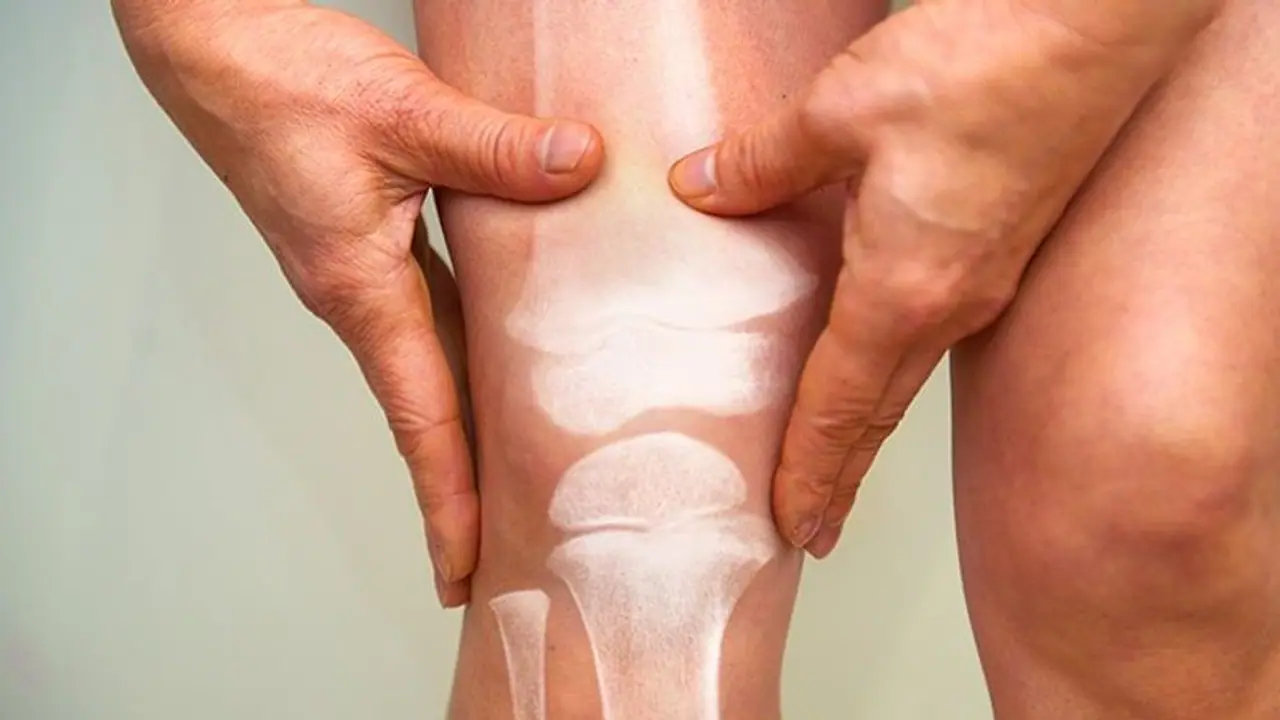Muscles in your abdomen and trunk are usually the first to be affected due to this disorder. Muscle stiffness can come and go early, but eventually, the stiffness can be constant. Over time, leg muscles can become stiff, followed by other muscles, including your arms and even your face.

Stiff person syndrome is a sporadic autoimmune movement disorder that can affect your central nervous system (the brain and spinal cord). People with this condition first experience stiffening of their trunk muscles, followed, over time, by the development of rigidity and stiffness in their legs and other muscles. Stiff person syndrome, also known as Moersch-Woltman syndrome and formerly stiff man syndrome, can cause painful muscle spasms. These muscle spasms can occur randomly or be triggered by emotional distress, noise and a light physical touch. Over time, stiff person syndrome can alter your posture. Severe cases can limit your ability to move or walk. Some individuals with this disorder need ongoing treatment for years to maintain quality of life and manage symptoms.
ALSO READ: Why India should be on your 2023 travel bucket list, find out here
What causes stiff person syndrome? Researchers are still determining the exact cause of stiff person syndrome. However, researchers believe it to be an autoimmune disorder in which your immune system starts attacking your healthy cells. Many people who have this disorder make antibodies that can attack an enzyme called glutamic acid decarboxylase(GAD). GAD creates a neurotransmitter known as gamma-aminobutyric acid (GABA), which controls muscle movement. It is thought that the immune system with stiff person syndrome attacks the GAD enzyme, which can decrease the amount of GABA in the body.
Antibodies to another protein called amphiphysin are less common among people with this autoimmune movement disorder. This protein is found in our nerve terminals and helps the nerve cells communicate with each other. The exact role that GAD plays in the worsening and development of stiff person syndrome is not understood. Some people with the syndrome do not have detectable antibodies to GAD.
What are the symptoms of stiff person syndrome? Stiff person syndrome symptoms can develop for several months to a few years. Some patients can be stable for years, and others slowly become worse. In people with stiff person syndrome, the abdomen and trunk muscles are the first to become enlarged and stiff. Symptoms include muscle stiffness, pain and aching discomfort. In the early stages, stiffness may come and go, but eventually, it becomes constant. Over time, their leg muscles can become stiff and more muscles in your body tend to become stiff, including the arms and even the face. As stiffness increases, some people develop a hunched posture. This stiffness can make it hard for an individual to walk or move in severe cases. Painful muscle spasms can also occur. These spasms can last a few minutes, seconds or occasionally for some hours. Sometimes, these spasms can be severe enough to dislocate your limb, break a bone, or cause uncontrolled falls. The spasms usually worsen the stiffness. They can experience spasms for no reason or can be triggered when you are exposed to a loud noise, physical touch, stressful event or cold environment that causes an emotional response. Muscle spasms can involve the r only a specific area or your entire body. Sleep usually reduces the number of spasms.
ALSO READ: Check out how these Onion based hair oils are a good cure for hair loss
How is stiff person syndrome diagnosed? Stiff person syndrome symptoms are similar to other conditions, such as multiple sclerosis, tetanus, and muscular dystrophy. Your healthcare provider may take several tests to rule out these conditions and look for symptoms of stiff person syndrome. If your doctor suspects stiff person syndrome, tests to confirm the diagnosis can include:
- Blood test: Your blood is checked for antibodies to amphiphysin or GAD and for other symptoms that can indicate or rule out other diseases. Between 60 and 80% of people with this syndrome have antibodies against GAD.
- Electromyography (EMG): This machine helps measure the electrical activity in your muscles to keep track of continuous motor activity in their muscles.
- Lumbar puncture (spinal tap): During a lumbar puncture, a doctor draws fluid with the help of a needle from your spinal canal to check for the presence of antibodies to GAD in your body and for other signs that can indicate or rule out other diseases.
